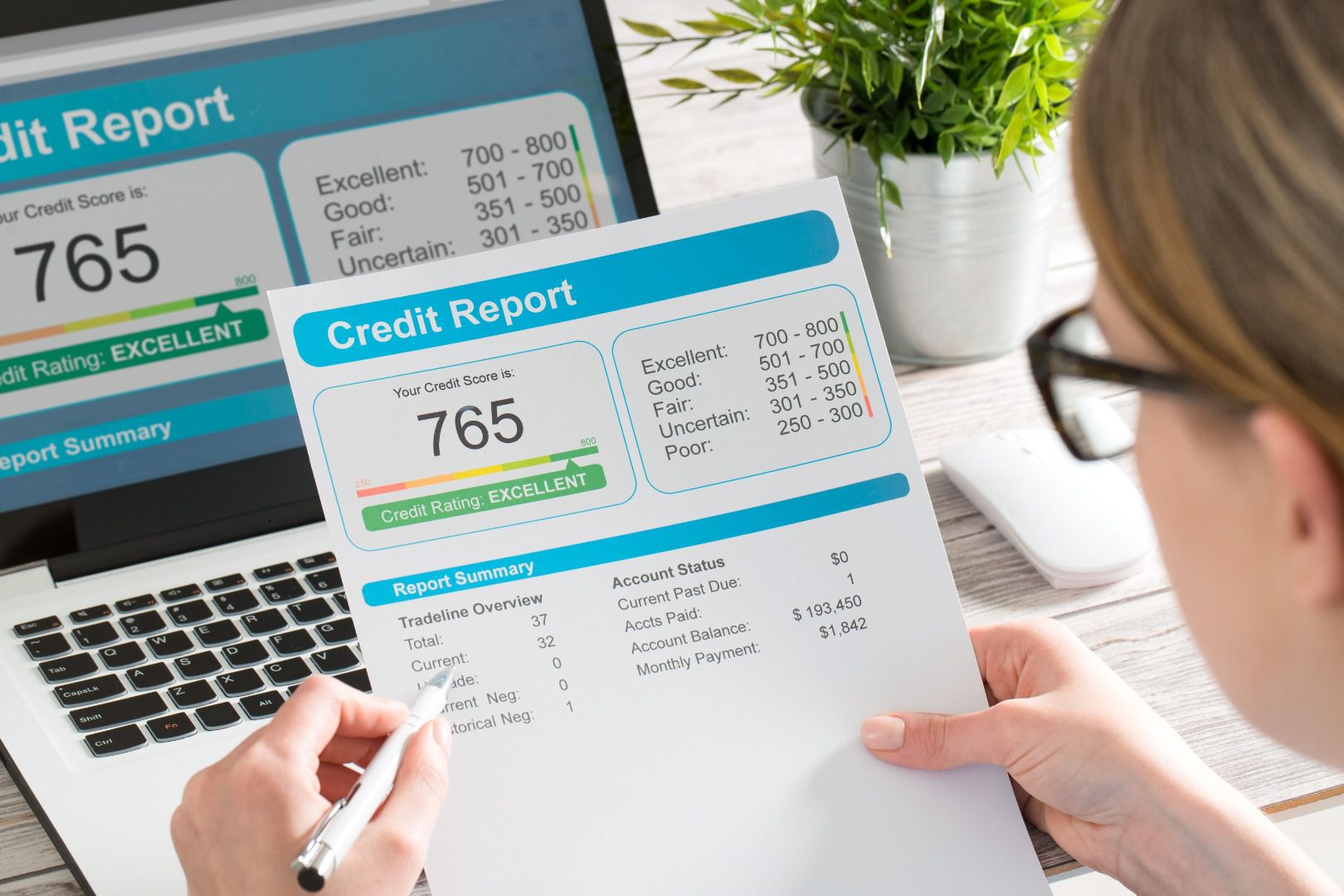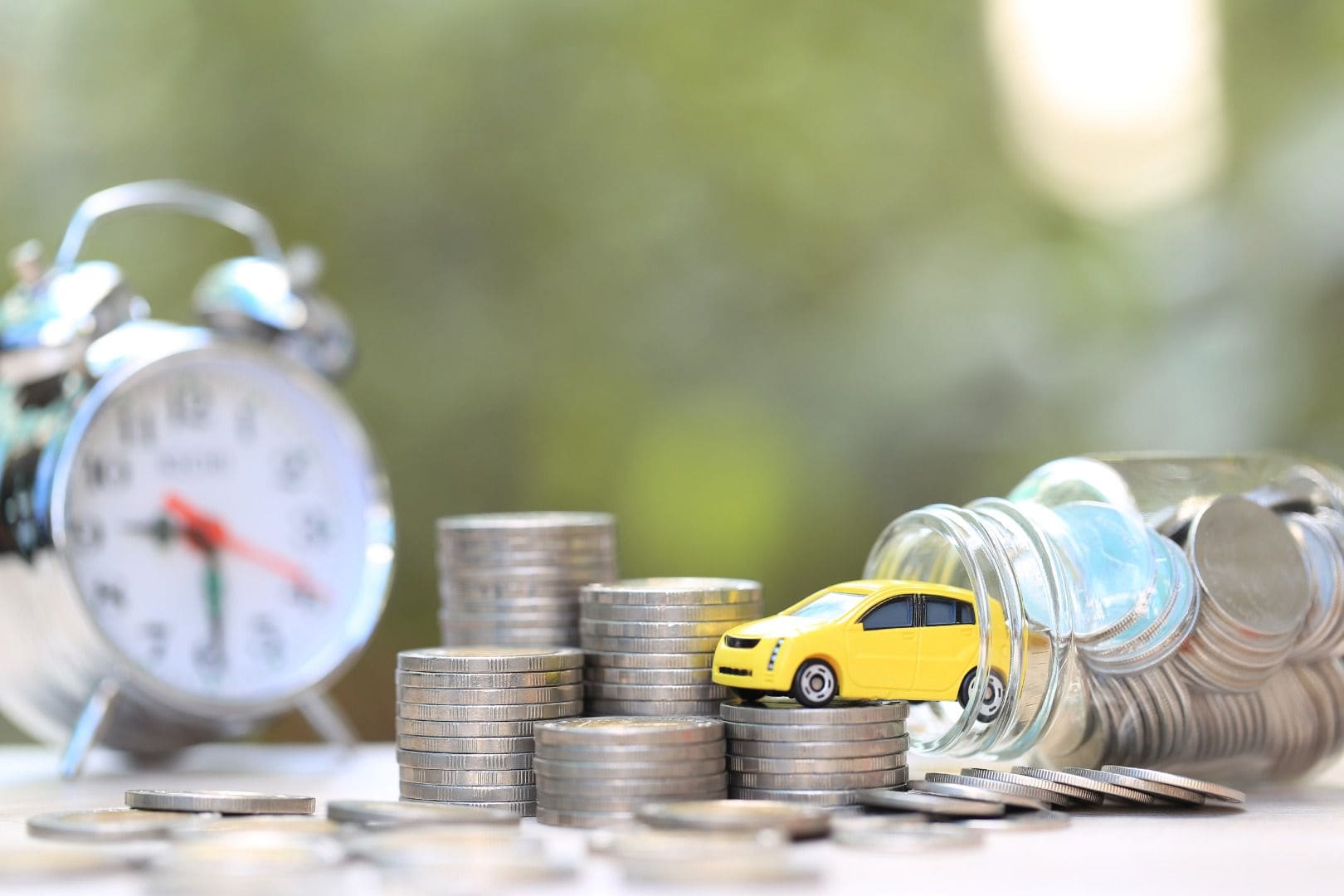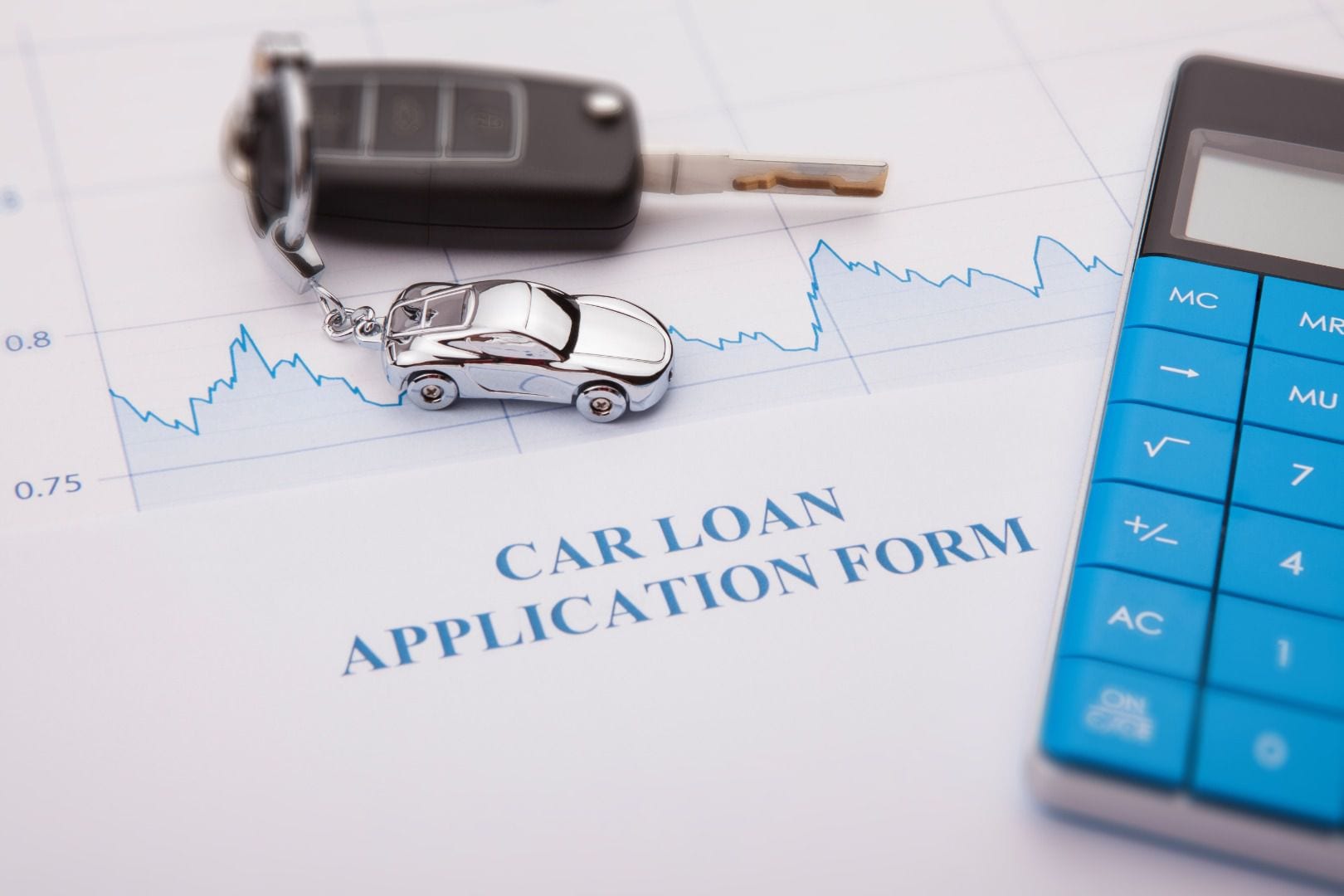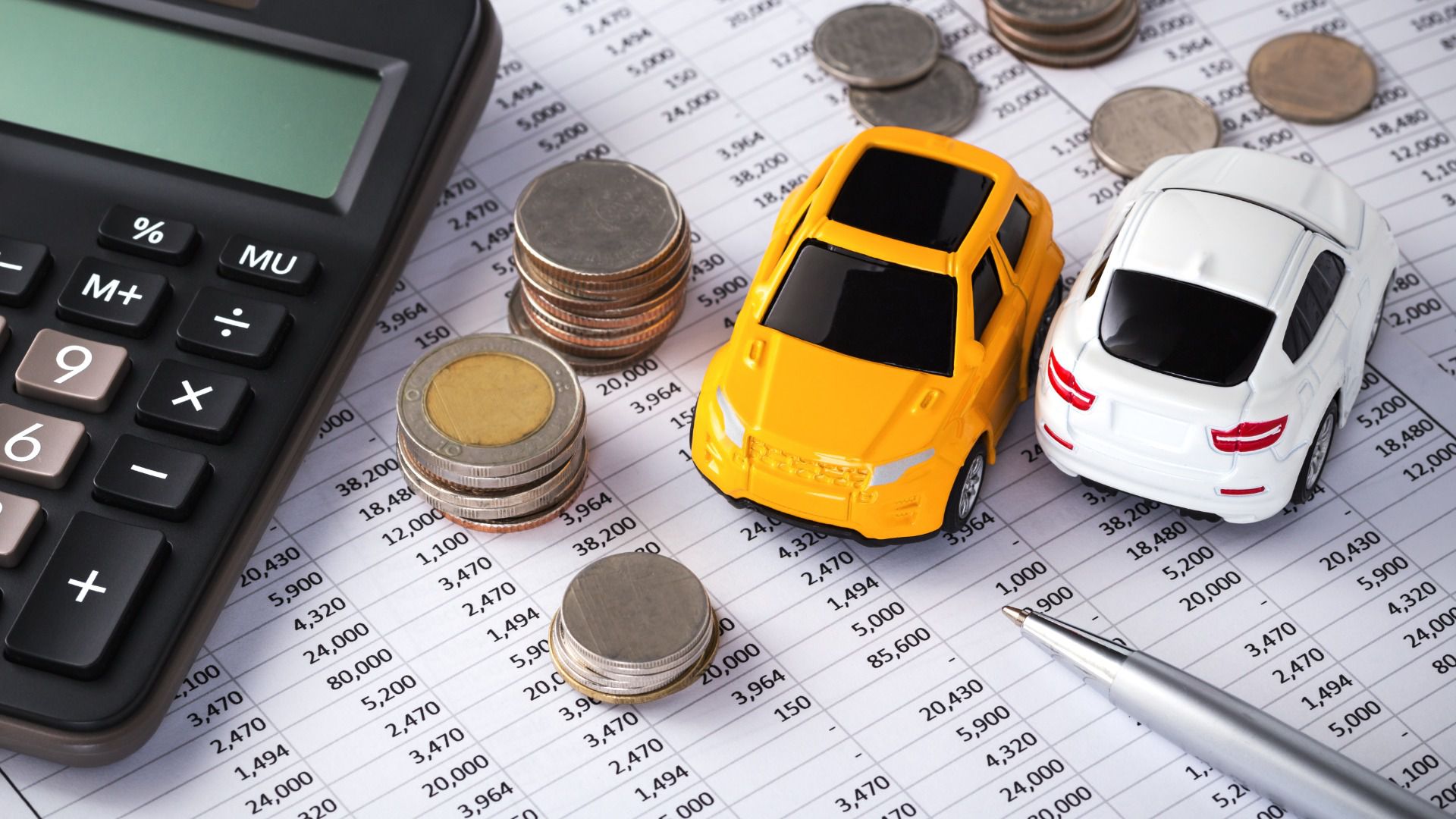Recent Articles
Popular Makes
Body Types
What Is Tier 1/2/3 Credit?

Leasing ・ Photo by wutzkoh - stock.adobe.com
When you buy a car, figuring out the vehicle’s price is the easy part. A quick Google search will reveal its MSRP (the manufacturer’s suggested retail price, or the “sticker price”), and it doesn’t take much longer to get online price quotes from a list of dealerships.
But there’s another big factor that will affect your monthly payment: your credit tier. Often known as Tier 1/2/3, but also with letter grades or other designations, this refers to ranges of credit scores that qualify car buyers for different interest rates. These rates can vary widely based on your credit tier, and a higher interest rate can add thousands of dollars to the cost of your new car. In this article, we’ll discuss how these credit tiers are defined, how your tier will affect your car payment, and what you can do about it.
Typical Credit Score Per Tier
Credit tiers are typically based on your FICO credit score, a three-digit number between 300 and 850. FICO scores are lenders’ way of evaluating how likely a borrower is to repay their loan or default. They’re based on your past history of borrowing money and paying it back on time. If you haven’t borrowed money before, if you have a history of missing payments, or if you have substantial existing debt, you’re considered a higher risk and fall into a lower tier.
Different lenders will establish their tiers differently, but generally a Tier 1 credit score is at least 700, sometimes with a minimum score as high as 750. In other words, Tier 1 is the tier for borrowers with the best credit scores. The good news is that the average American is now part of Tier 1 under many definitions; as of the first quarter of 2020, the average FICO score for U.S. adults stood at 705. A typical Tier 2 range would be from about 660 up to that lender’s Tier 1 level. And Tier 3 generally starts in the low 600s. The Tier 1/2/3 designations don’t extend into the “subprime” borrowers with scores below 600, but we’ll talk more about those as well.

Photo by REDPIXEL - stock.adobe.com
FICO Auto Scores
Some auto lenders will disregard the most common FICO score, the one that considers your entire credit history, and focus on your FICO Auto Scores. These are a series of different credit scores that weight your history differently, generally to focus on your past history of car payments in particular.
In other words, even if you have a rocky history with your credit cards or other debts, some lenders will put you in a higher tier if you’ve always made your monthly car payments on time. Your standard FICO score is widely available online for free, but FICO will charge you $29.95 per month to see your industry-specific FICO scores (or $39.95 if you want a number that’s updated every month instead of every three months). Since different lenders use different scores, and sort the scores into different tiers, we suggest getting quotes from multiple lenders to see which is the most favorable to your own credit history.

Photo by wutzkoh - stock.adobe.com
Average Interest Rate Per Tier
The reason your tier is so important is that it affects the interest rate on your car loan. This will already vary based on the lender and the broad credit environment at the time you’re buying your car, but the higher your credit tier, the less you’ll be spending on interest.
This will vary, but based on the data we’ve found in May 2020 for new cars, Tier 1 borrowers (with credit scores in the 700s and 800s) can expect to pay an average of around 4% APR on their loan for a new car. Some lenders will separate Tier 1 into subgroups, with borrowers who have the best credit paying more like 3.7% APR and those scoring around 700 paying more like 4.3%. A typical rate for Tier 2 borrowers would be around 6%, while estimated Tier 3 averages range from 7.5% to 10%. Prospective borrowers with FICO scores below 600 can expect to pay well over 10% APR.

Photo by Monthira - stock.adobe.com
What the Numbers Mean for You
The APR percentages sound like little numbers, but they add up. APR means annual percentage rate, meaning that every year of your loan, that’s the percentage of your car payments that are going toward interest on your loan instead of the car itself.
Say you’re taking out a $20,000 60-month loan for your brand-new car. With no interest, you’d have a monthly payment of $333. With a 3.7% APR loan rate, that jumps to $365. Over the life of the loan, that extra $22 per month means you paid $1,900 to borrow money for the car. And that’s at an excellent rate for Tier 1 borrowers, not the 7.5% or more that Tier 3 might be facing. Their car payment would be $401 per month at 7.5% APR, and their total interest expenses would exceed $4,000. And subprime buyers will not only pay even more, but also risk being denied financing altogether by many lenders.

Photo by turgaygundogdu - stock.adobe.com
New Cars vs. Used Cars
In the previous pages, we have used the loan rate for a new car. But lenders typically charge a higher rate for a car loan on a used vehicle compared to a brand-new one. You may pay between 15 percent and 25 percent more for interest on a used car, a difference of hundreds or even thousands of dollars, depending on your loan amount and interest rate.
There are several reasons that used cars are more expensive to finance. First, new cars come with a warranty, so a borrower is less likely to face an unplanned repair cost. If an older used car breaks down, a borrower could choose to default on the loan rather than paying it off — and if the lender then repossesses the vehicle, all it gets is a broken-down old car. Secondly, as we will discuss shortly, new cars may include manufacturer incentives that lower the interest rate. In choosing between a new and used car, keep in mind the lower interest costs for new cars.

Photo by Adobe Stock
Other Factors in Your Loan Rate
The numbers we have quoted are average figures for an entire tier of lender. They will vary by lender, by borrower, and by the broader economic circumstances at the time of the loan. One big way to change those numbers is to score a low-interest financing deal offered by an automaker. Those can be as low as 0%, which would save many buyers thousands of dollars over the life of their loan. However, you typically need Tier 1 credit to qualify for such good financing. Also, some of these deals require buyers to forego other manufacturer incentives like cash-back rebates, so crunch the numbers carefully.
Your lender will also consider other factors in determining your interest rate, such as your income, employment status, and housing costs. Basically, it’s going to take a dive into your current finances as well as your past history. Then it will quote you a rate that compensates it for the risk that you won’t pay.

Photo by kodt - stock.adobe.com
How to Change Your Tier
You don’t want to pay thousands of dollars extra for your car because of a low credit tier. So naturally, you’ll want to change your tier. That can’t be done overnight. But if you’ve made certain changes before applying for a car loan, you could qualify for a much better rate.
FICO generally bases most of its general credit score on three key factors: payment history (have you paid previous bills on time, and if not, how late?); accounts owed (how much debt do you have in comparison to your available credit limits?); and the length of your credit history (how long have you had your longest credit account, and have you opened other new accounts recently?). So if you can pay off some existing debt — especially auto-related debt — avoid putting a lot of charges on your credit card, and keep your oldest account open, you’ll likely score a lower interest rate. Buying a car after getting a higher-paying job or less expensive home would also likely reduce your interest expenses. Lastly, if you find an error in your credit reports, having that fixed before you apply for financing could improve your tier and save you money.

Photo by Suchada Toemkraisri-Adobe Stock
What Else You Can Do
When you need to buy a car before your tier has a chance to improve, there are some other things you can do that can bring down the cost of your car loan or expand your eligibility to receive one.
One option is to save up for a higher down payment. The more money you pay upfront, the smaller your car loan, and the less you’ll have to pay interest on. A large down payment also boosts your lender’s confidence in you as a borrower, which often translates into a lower interest rate on the remaining amount. You may also be able to find someone with stronger credit who’s willing to co-sign your loan, which reduces your interest expenses because the co-signer (rather than the lender) assumes the risk if you stop making your car payments. And lastly, shop around among different lenders — you might get offered wildly different rates by the car dealer’s lending partner, the automaker’s financing arm, or a third-party bank.

Photo by bnenin - stock.adobe.com